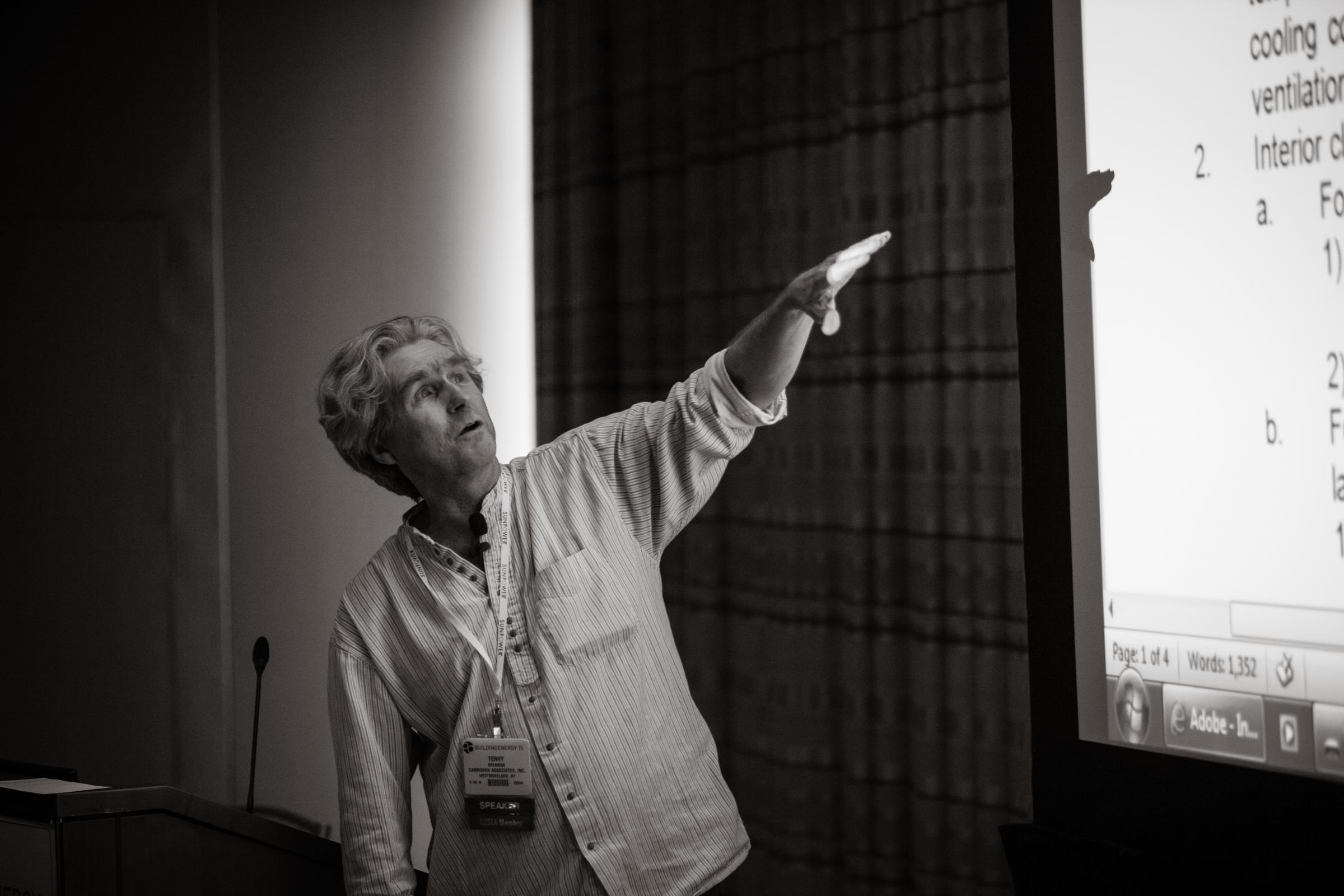 BuildingEnergy Boston has the reputation of being a residentially focused conference. Given NESEA’s roots of solar installers and single family home builders this image is understandable. However, we have long since expanded to larger buildings, or as one session this year focused on net zero energy put it, to projects that are “bigger than a breadbox.” Attending this conference has become a critical experience for commercial and institutional professionals committed to improving the end product they deliver and as a result work on bigger and better projects in the future. More and more owners, developers, and building operators want better buildings, and BuildingEnergy Boston is there for them. To meet the growing interest, a crack team of practitioners, possessing an extraordinary knowledge base around sustainability, is willing to share their experiences and expertise.
BuildingEnergy Boston has the reputation of being a residentially focused conference. Given NESEA’s roots of solar installers and single family home builders this image is understandable. However, we have long since expanded to larger buildings, or as one session this year focused on net zero energy put it, to projects that are “bigger than a breadbox.” Attending this conference has become a critical experience for commercial and institutional professionals committed to improving the end product they deliver and as a result work on bigger and better projects in the future. More and more owners, developers, and building operators want better buildings, and BuildingEnergy Boston is there for them. To meet the growing interest, a crack team of practitioners, possessing an extraordinary knowledge base around sustainability, is willing to share their experiences and expertise.
This conference is critical for commercial and institutional professionals committed to improving the end product they deliver and as a result work on bigger and better projects in the future...
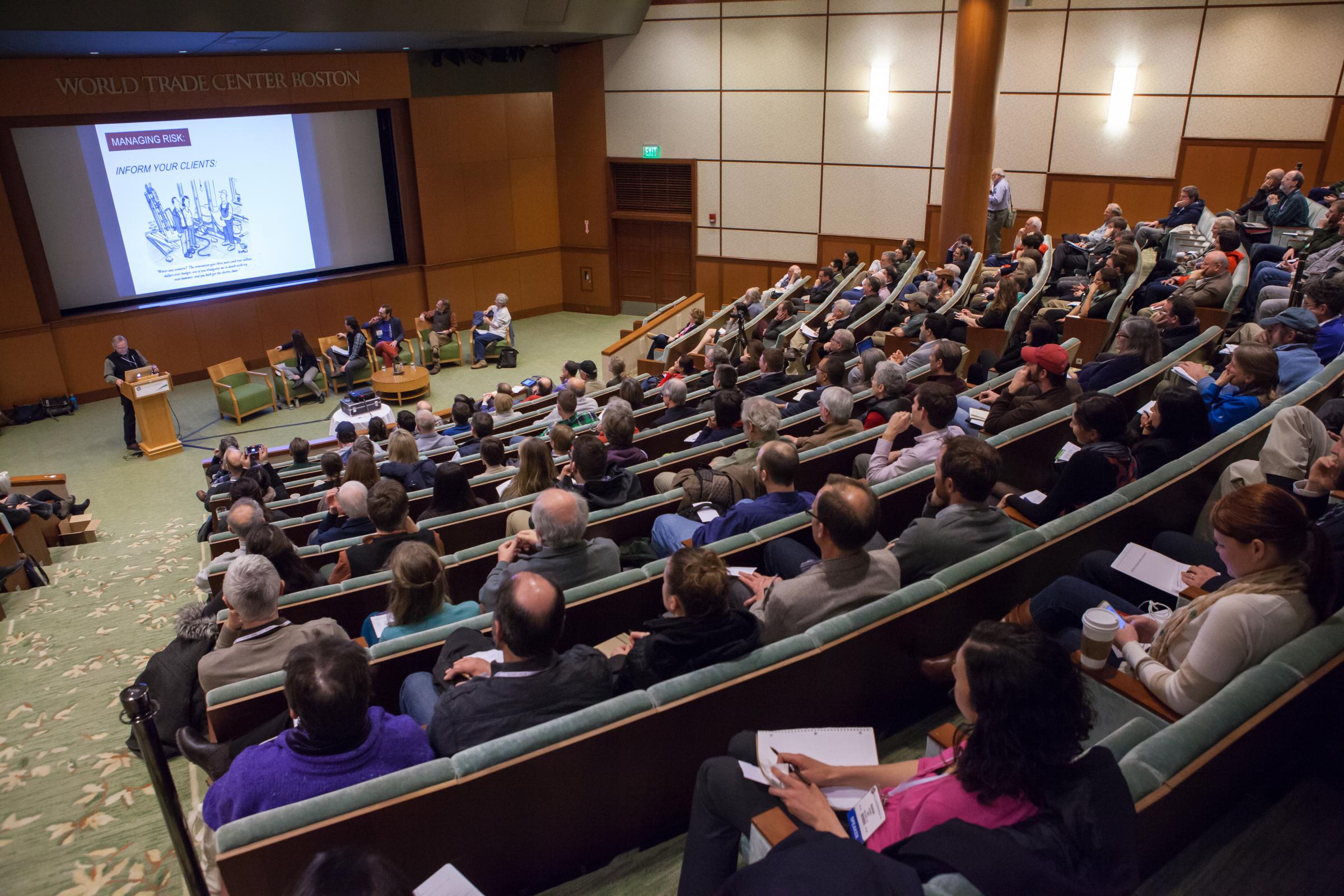
The name of the conference may be BuildingEnergy, but it is not only about Energy. People need buildings that are healthy, comfortable, low maintenance, and beautiful. Three of these concepts are deeply intertwined with energy. (As for the fourth, be careful which NESEA member you ask about beauty). These concepts apply to all buildings types and NESEA members have time-tested expertise to improve building performance for all types of projects. Attendees at BuildingEnergy benefit from this experience. They learn critical design and construction strategies that successfully achieve the goal of a better building, and also find products on the trade show floor to serve as tools for even greater performance.
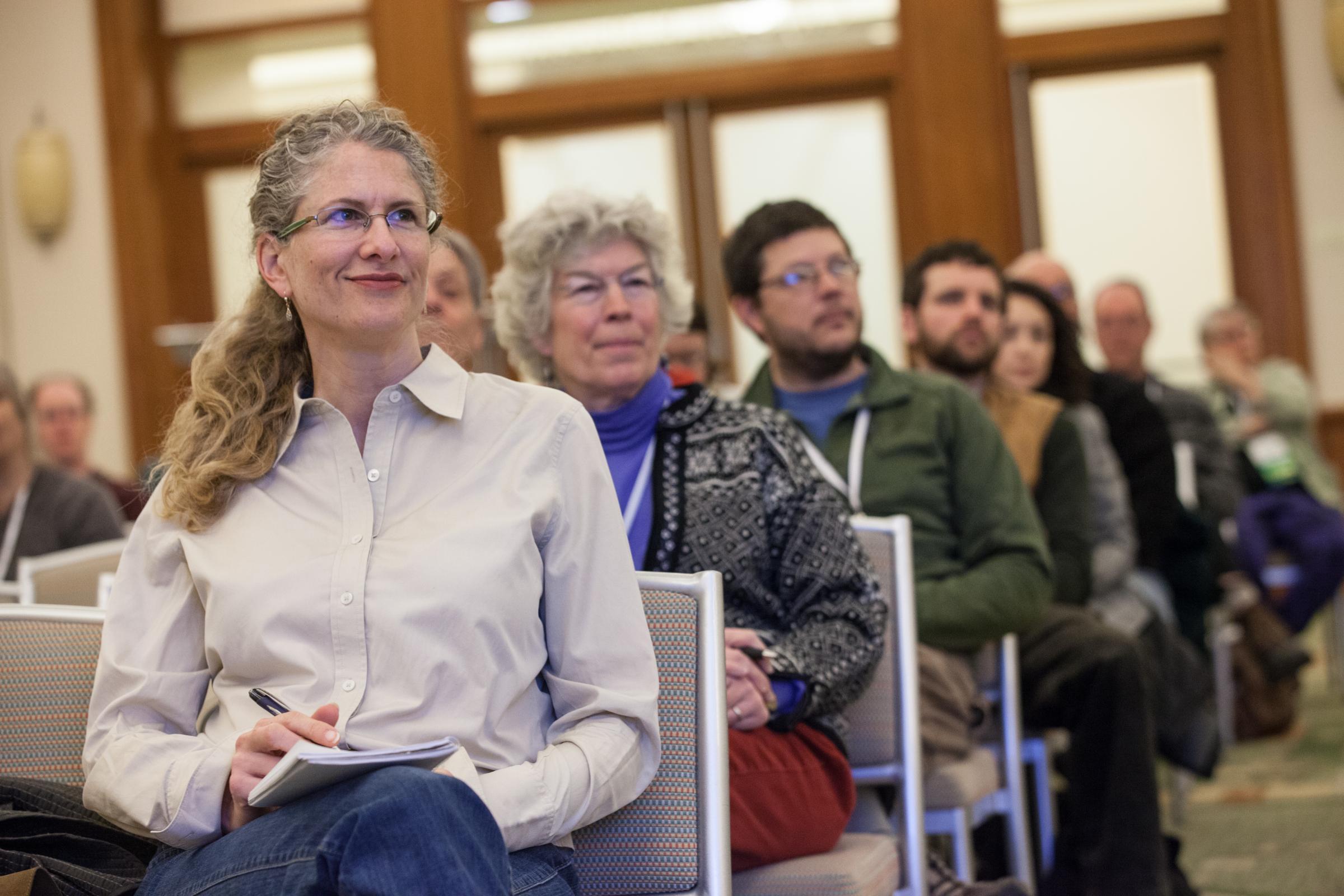 One of the greatest draws is the community. I do not emphasize this aspect in a Kumbaya way. I use the word in the framework of a professional network that is committed to excellence. No single person can know everything that must be done to make a job successful. We all need trustworthy partners with different skill sets who are committed to building better buildings. That community is at BuildingEnergy, and grows incredibly over the course of the 3 days.
One of the greatest draws is the community. I do not emphasize this aspect in a Kumbaya way. I use the word in the framework of a professional network that is committed to excellence. No single person can know everything that must be done to make a job successful. We all need trustworthy partners with different skill sets who are committed to building better buildings. That community is at BuildingEnergy, and grows incredibly over the course of the 3 days.
Net Zero Energy (NZE) is a hot topic, and as a general concept, seems relatively easy, but if it were that easy, everyone would be doing it. Multiple sessions this year are addressing NZE in commercial buildings. I am excited about these sessions because they are delivered by practitioners struggling with the same issues I am struggling with in my projects:
· “The Challenges of Net Zero Energy When It's Bigger than a Breadbox” will employ a case study of a 190,000 square foot public school to explore what worked, what didn’t, and why.
· “Getting to Zero: User Engagement in Achieving Net Zero Energy Buildings” will address how design teams can include occupants to drive down energy consumption and support the NZE target.
· “Aiming at Zero: The Struggle to Get There” will focus on process and an iterative planning and design approach applied at two academic institution projects.
· “Instructions NOT Included: lessons learned operating zero net energy” will use real data from measurement and verification reports on a NZE bank branch to show how to create a highly functional facility management partnership.
A variety of commercial building Passive House projects are in this year’s lineup as well, ranging from a 27 story multifamily building to a school dining hall. Beyond these in-depth dives on two projects, a strong group of seasoned Passive House professionals will be gathered to discuss a wide variety of their non-single family home projects.
The theme of materials is also again well-represented at this year’s conference.
· “Cradle to Grave: The Concealed Energy, Carbon and Water Impact of Buildings” will explore the great opportunity to improve sustainability by expanding our lens to go beyond operational consumption and look at building lifecycle: material production, transport, construction waste, maintenance and disposal.
To further deconstruct the BuildingEnergy conference title, the conference is not limited to just “Buildings” either. Attendees will also learn how to build stronger communities, plan for future disruptions, and understand the concept of resiliency.
· “Buildings Are Not Enough: An Introduction to High-Performance Cities and the Next Step” is a session that will expand our thinking beyond the lot line. Buildings work in the context of a network and this session will go beyond “high performance buildings” to “high performance municipalities.”
· “Mainstreaming Resilience: Making Resilient Design Part Standard Practice” will focus on resilient design in building codes, zoning bylaws, and voluntary building rating systems.
An individual building represents only one small dial to turn to affect our impact on the environment, whereas a city represents a collection of many and much larger dials.
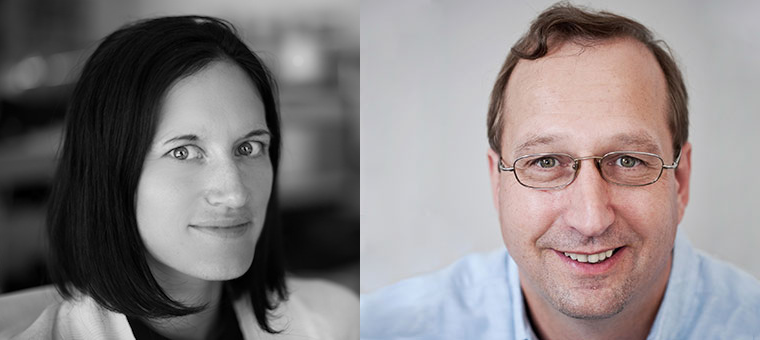 Of course, there will also be perennial speaker power houses like John Straube and rising stars like Andrea Love. This year John is speaking on “Air Tightness Testing in Large Buildings.” He will review why one would invest in airtightness testing for a large building, how the testing is done, how the results are interpreted, and how this information can be used. Andrea will be following up on John’s session from last year, “Installing commercial windows and curtain walls without thermal bridges, air or water leaks” and speaking on thermal bridges in commercial and institutional enclosures in a session called “Break it or Lose it.” In this session Andrea and her co-presenter, Jeff Abramson, will present findings from a research study that sought to quantify the impacts of thermal bridges in recently completed buildings and then go on to present alternatives to the industry standards that enhance performance.
Of course, there will also be perennial speaker power houses like John Straube and rising stars like Andrea Love. This year John is speaking on “Air Tightness Testing in Large Buildings.” He will review why one would invest in airtightness testing for a large building, how the testing is done, how the results are interpreted, and how this information can be used. Andrea will be following up on John’s session from last year, “Installing commercial windows and curtain walls without thermal bridges, air or water leaks” and speaking on thermal bridges in commercial and institutional enclosures in a session called “Break it or Lose it.” In this session Andrea and her co-presenter, Jeff Abramson, will present findings from a research study that sought to quantify the impacts of thermal bridges in recently completed buildings and then go on to present alternatives to the industry standards that enhance performance.
A key feature of all these sessions is that BE speakers know the details and share their failures, and successes.
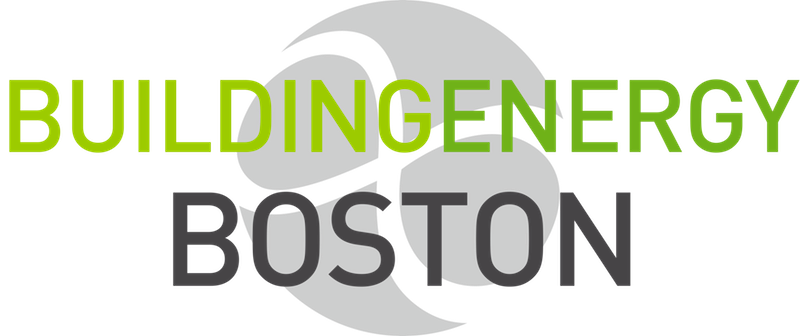 A key feature of all these sessions is that BuildingEnergy speakers know the details and share their failures, and successes. We learn best from mistakes and from those who have already gone through the growth of a hard lesson so that others don’t have to. There is a lot of great commercial and institutional content delivered by leading experts who share with refreshing honesty so that all in the field might improve.
A key feature of all these sessions is that BuildingEnergy speakers know the details and share their failures, and successes. We learn best from mistakes and from those who have already gone through the growth of a hard lesson so that others don’t have to. There is a lot of great commercial and institutional content delivered by leading experts who share with refreshing honesty so that all in the field might improve.
I hope to see you at BuildingEnergy Boston (or BuildingEnergy NYC).
Our Mission
NESEA advances sustainability practices in the built environment by cultivating a cross-disciplinary community where practitioners are encouraged to share, collaborate and learn.


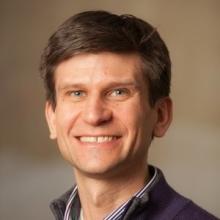


Add comment